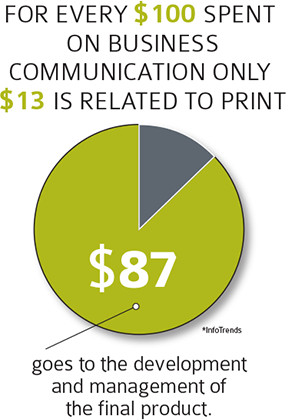Shoppers today expect their marketing messages to be highly targeted to their wants and needs. The good news is there is a ton of data for use in targeting, whether you gather it yourself or purchase it from a reputable list company. But what are the best ways to use that data? There are many different categories of data, and each can be used for various purposes. Let's look at four data categories and how they can be used.
Demographic data: Demographic data are the most specific data types and create large customer "buckets" that can be used to market the right products to the right people. As two straightforward examples, the types of clothing you will offer teenagers will differ from the types of clothing you will offer thirty-somethings, and the type of landscaping services you suggest will differ whether someone's home sits on a .5-acre lot or a 15-acre farm. There are limitations to how much demographics can tell you, but they can be an essential starting point.
Geographic data: Where someone lives can give you important insights, too. Customers in the Northeast will be open to different products in January and February than those in the Southwest. Customers in urban areas generally have other priorities and needs than those in rural settings. There are many geographic "slices," so find the right ones that make sense for your products.
Interests: Cross-referencing your customer data with interest-based data can also be incredibly useful. For example, knowing whether people in your database donate to charitable causes, purchase hunting or fishing equipment, or participate in ultra-marathons will give you even more ways to divide your target audience into relevant segments.
Past purchases: Tracking customer purchases can teach you a lot about your customers and help you anticipate what they might need next. If someone purchased a pair of general-purpose walking shoes in January, for example, they will likely need a new pair one year or so later. If, on the other hand, they purchased a pair of high-end trail running shoes, they are likely logging serious miles and will need replacements within the next three to four months.
Customer targeting doesn't have to be complicated. It just requires finding the correct type of data to match your marketing goals, then being intentional about how to use it.
Need help? Just ask!



